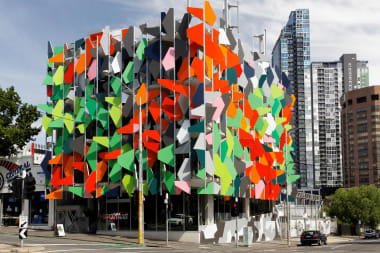Sustainability in architecture.
There are three fundamental pillars in the basic concepts: social, environmental and economic. Circular economy is about recycling materials and reusing and repairing. And the green economy improves human well-being and social-equity, reduces environmental risks and is resource efficient. Reduce consumption of scarce materials and non-renewable energy. Reuse in the sense of remodeling, rehabilitate, reuse the existing. Recycle is to transform materials that allow another use in the production cycle.
Healthy buildings must have a connection between the human biology and the environment. Psychological aspects must be correct ones, for example the relation with the nature influences positively, giving a sense of well-being. The proportion of the spaces must be the appropiate ones too in order to get good feelings. Sick building syndrome is that set of symptoms that can degenerate into a state of chronic illness.
The relationship between the human-being and the weather is quite direct. The energy and health of human being largely depend on thhe direct effects of the environment in which he lives. The atmospheric conditions stimulate or depress the physical and mental work of the man. The main elements of the climate environment that influence human comfort are: the temperature, the radiation, the movement of the air and the relative humidity.
Sustainable design and bio-architecture aims to minimize the negative impacts of construction both on the health of the occupants and on the environment. Bioclimatic represents a working method which, starting with preliminary studies of the climatic conditions of the site, directs the project to achieve sustainabilityand bioarchitecture objectives. There are some constructive solutions such as hindering direct solar irradiation through windows.
Traditional materials, experienced over the centuries in traditional architecture, guarantee conditions of greater wholesomeness and well-being compared to synthetic materials.
Biomorphism is often used as the most consistent project option with bioarchitecture. But not a bio form is guarantee of a bio essence, nor the traditional forms, materials and techniques are unnatural. The globalization of sustainable constructive solutions that are applied indiscriminateky in many contexts does not consider the cultural aspects, local materials, the specific environmental conditions of each site.

